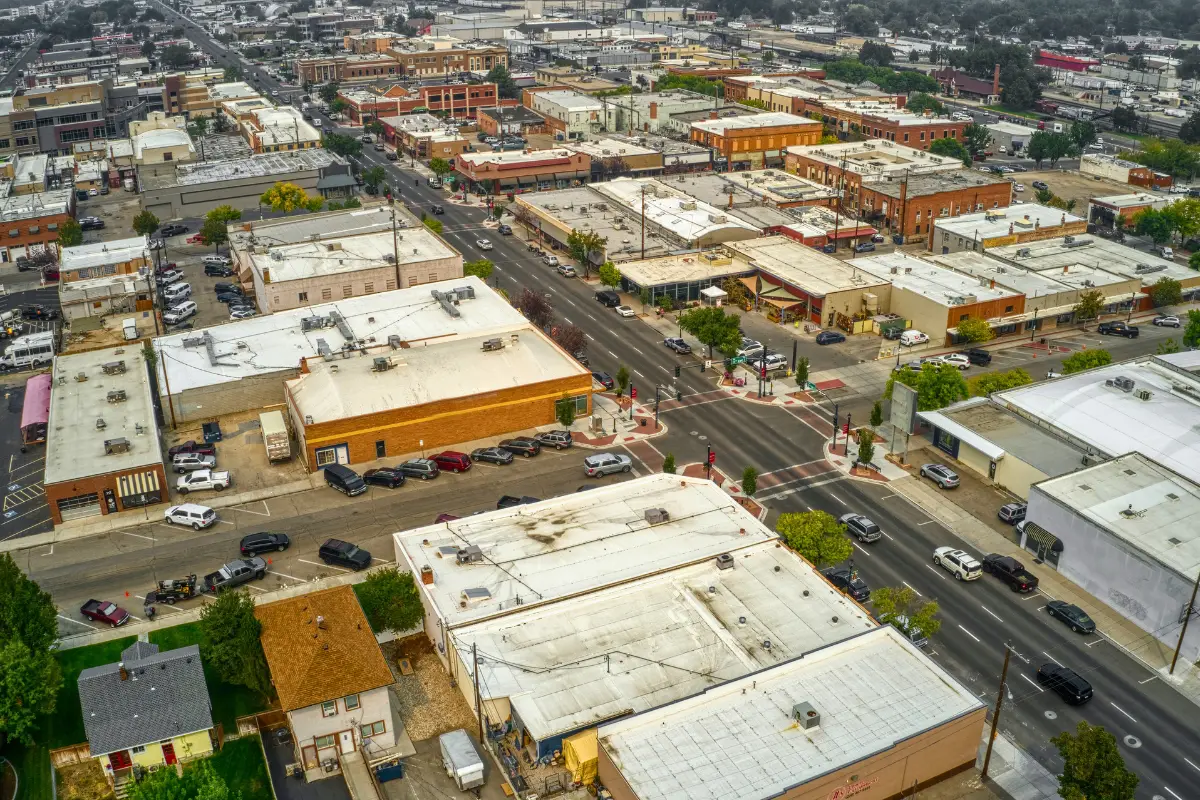Building a custom home or athletic court is an exciting and rewarding experience. However, the key to a successful custom project lies in careful land preparation. For property owners in Boise, ID, and the Treasure Valley area, preparing your land with the right grading and excavation techniques ensures a smooth construction process and a durable end result.
Learn more about what it takes to prepare your land for any new construction project properly.
Why Proper Site Preparation Matters
Proper land preparation is essential for ensuring the structural integrity and safety of your custom build. From grading the site to managing drainage, each step lays the foundation for a stable and secure structure. Thoughtful land preparation prevents common issues, such as drainage problems, soil instability, and even foundation damage, all of which can become costly problems down the line.
Below are some of the common residential projects where proper land preparation is essential:
- Custom Home Construction: Provides foundational stability and a clean, prepared site.
- athletic court Construction: Ensures a level base, creating a safe and functional playing surface.
- Outdoor Features: From patios and gardens to driveways, grading ensures longevity and aesthetic appeal.
Preparing Land in Treasure Valley
Land preparation involves several steps that each ensure your site in Treasure Valley is ready to support your project. While these steps may vary depending on your project, here’s a general guide to what you can expect.
Step 1: Site Assessment & Soil Testing
Before beginning any grading or excavation, a thorough site assessment and soil testing are essential. Soil testing helps determine the soil conditions like composition, stability, and land suitability for construction. This is particularly important in Treasure Valley, where soil types vary from rocky to clay-heavy.
Why It Matters: Testing ensures the land can support your planned structure and informs any necessary adjustments to the grading plan.
Step 2: Clearing the Land
Clearing the land involves removing vegetation, trees, rocks, and other obstructions that could interfere with construction. A clear site reveals the natural contours of the land, which helps determine the best grading approach. Some areas may require permits for tree removal or other clearing activities, but your project team can secure these permits or guide you through the process.
Why It Matters: Clearing the land provides a clean slate for grading and minimizes the risk of interference with roots or rocks during construction.
Step 3: Excavation & Digging
Excavation involves removing soil at your construction site to achieve the required depth for a foundation, athletic court base, or other custom feature. Proper excavation ensures a stable base for the structure. Your site may require various excavation methods and digging techniques, depending on the size and type of project.
Why It Matters: A stable excavation prevents future settling or structural issues, providing a reliable foundation.
Step 4: Grading for Drainage
Grading involves leveling and sloping the land to promote proper drainage and stability. A well-graded site prevents water from pooling, which can cause erosion, structural damage, or even foundation instability. Because Treasure Valley has a varied climate, proper drainage systems can ensure a stable and dry foundation.
Why It Matters: Effective grading directs water flow away from structures, which is especially critical for home building.
Step 5: Installing Erosion Control Measures
Many sites across Treasure Valley are prone to erosion. Erosion control helps maintain the stability of your land during and after construction. Techniques like installing silt fences, retaining walls, or erosion mats help prevent soil erosion, especially on sloped land.
Why It Matters: Erosion can lead to soil displacement, causing delays and potentially undermining the structural integrity of your build.
Step 6: Compacting the Soil
The next step in preparing a site for construction is compacting soil. Compacting involves pressing the soil to remove air pockets and increase soil density, creating a solid, stable base. This step is essential to prevent settling, which could otherwise affect the structure’s stability.
Why It Matters: Compacted soil offers a strong foundation that minimizes the risk of settling or shifting, making it ideal for long-term stability.
Step 7: Utility Installation
Once grading and excavation are complete, it’s time to lay out the utilities, such as water, gas, electricity, and sewage. This requires strategic planning and coordination with local utility providers to ensure that utility lines are integrated without compromising the foundation or base of your custom build.
Why It Matters: Proper utility installation reduces the risk of issues that could arise if lines interfere with the structure’s stability.
Step 8: Final Site Inspection
Before beginning construction, your site must pass a final inspection. This ensures all steps have met both building codes and the project’s specifications. Your project manager or general contractor will help coordinate this inspection and address any issues that may arise.
Why It Matters: A thorough inspection confirms that your site is ready for the next phase of construction, giving you peace of mind that everything is on track.
Final Thoughts: Getting Ready for a Custom Project
Preparing land for a custom build involves numerous steps that set the stage for a successful project. From site assessment and grading to erosion control and final inspections, each step contributes to a strong foundation.
Pleasant View Construction brings unparalleled expertise to each project in the Treasure Valley, ensuring every detail is handled with care and precision. We know what it takes to clear land properly and turn it into a build site for your project. Our solutions are specifically designed to meet your needs, budget, and timeline.
Ready to bring your custom home or athletic court to life? Contact us today to schedule a free consultation, and let us guide you through the land preparation process for a flawless start to your build.



